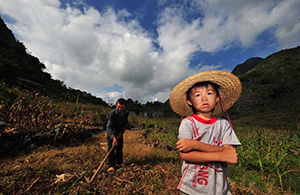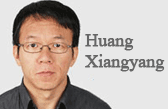北京城市副中心(běijīng chéngshì fù zhōngxīn): Subsidiary center of Beijing
(China Daily) Updated: 2016-06-01 07:57The planning and construction of Beijing's subsidiary administrative center, in the eastern suburb district of Tongzhou, was approved at a meeting of the Political Bureau of the Central Committee of the Communist Party of China on May 27.
The meeting pointed out the construction of Beijing's subsidiary center is not only necessary to ease some of the capital's "big city diseases", but also to propel the collaborative development of Beijing, Tianjin and Hebei province and explore an optimized development pattern.
Experts said it was unprecedented to discuss such an issue at a meeting of the Political Bureau, the Party's executive decision-making body, which means the construction of Beijing's subsidiary center is regarded as not only being related to the capital itself but also the region and the nation.
In November 2015, the Beijing municipal government announced that the capital's subsidiary administrative center would be Tongzhou and most of the capital's municipal administrative organizations and institutions will move there in 2017. On Monday, the city released a series of rules to manage the district's population growth.

I’ve lived in China for quite a considerable time including my graduate school years, travelled and worked in a few cities and still choose my destination taking into consideration the density of smog or PM2.5 particulate matter in the region.











